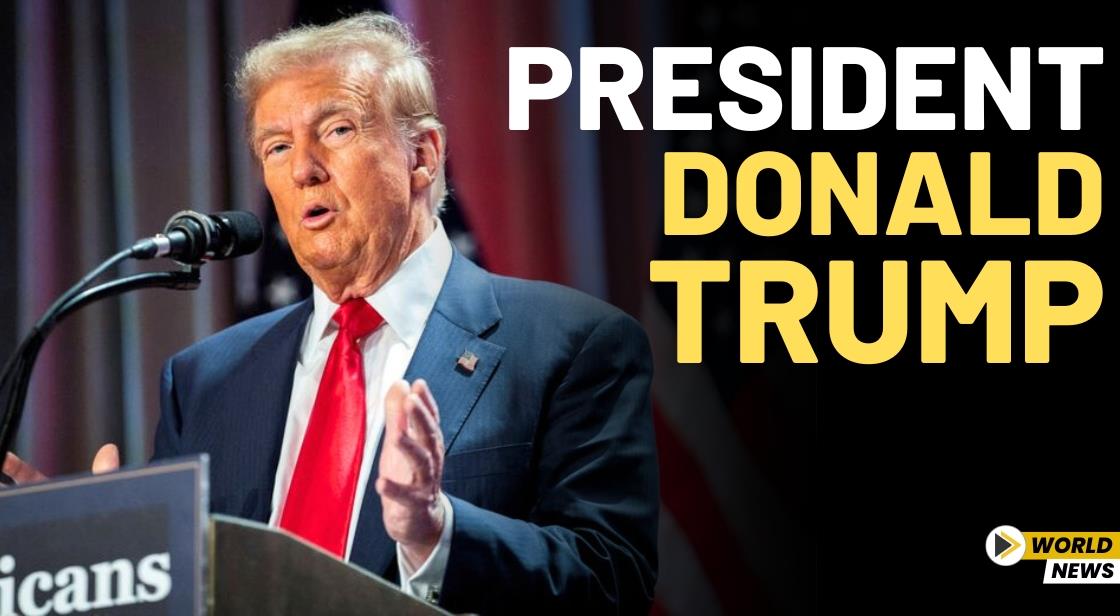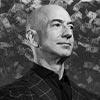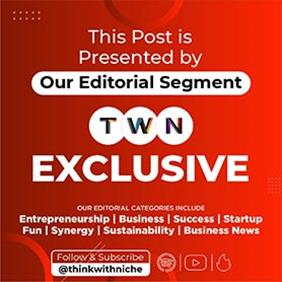Trump Plans $30 Billion Tariff Dividend for Americans: Who Stands to Benefit?

News Synopsis
During a press conference in New Jersey, US President Donald Trump suggested that American households might soon benefit directly from tariff collections. "I would say for people that would be middle income people and lower income people, we could do a dividend," he said, hinting at a possible direct cash benefit sourced from record-breaking tariff revenue.
This comes amid the imposition of sweeping new tariffs affecting dozens of nations, with India among the hardest hit.
Record-Breaking Tariff Revenues Amid Economic Jitters
According to a news agency, official U.S. data shows the government collected a staggering $152 billion in tariff and excise revenue by July 2025, nearly doubling the $78 billion from the same period last year. In June alone, collections surged to $28 billion, three times the 2024 monthly average.
Impact on Jobs and Growth
Even as US President Donald Trump celebrated the inflow of revenue — "The good news is that Tariffs are bringing Billions of Dollars into the USA!" — a weak jobs report and warnings from the Congressional Budget Office (CBO) revealed underlying concerns. The CBO projected the tariffs could lower US borrowing by $2.5 trillion over the next decade, but at the cost of slower economic growth compared to a tariff-free scenario.
India Among Hardest-Hit Nations
"India now faces a 25 percent tariff on exports to the US..."
India has been slapped with a 25% flat tariff on all goods exported to the United States, significantly higher than the 15% on UK and EU, 10% on Japan, and 5% on South Korea. The White House defended the move, citing "high Indian tariffs on American goods" as the trigger.
On August 7, new tariffs took effect across 69 countries, with Syria at the top at 41%, followed by Laos and Myanmar (40%), Iraq and Serbia (35%), while China is still in the midst of ongoing negotiations.
Tariffs as an Alternative to Income Tax?
Trump’s economic ideology is reviving 19th-century policy, where tariffs served as the primary revenue source before income tax was introduced. Now, that idea appears to be more than symbolic.
As Joao Gomes of the Wharton School noted, "I think this is addictive...a source of revenue is very hard to turn away from when the debt and deficit are what they are."
But this strategy raises red flags: tariffs function like a regressive tax, disproportionately impacting lower-income households, who spend more on imported essentials.
Rising Prices and Inflation: The Hidden Cost of Tariffs
Data Snapshot:
-
US inflation rose to 2.7% in June, up from 2.4% in May.
-
Prices for appliances, electronics, toys, and books are climbing faster.
The Harvard Pricing Lab, tracking four major US retailers, confirmed that tariff-affected goods are getting costlier than their domestic counterparts.
Earlier inventory buffers have now run thin, and consumers are beginning to feel the pressure at checkout.
The Trade Deficit Tells a Different Story
Despite tariffs, trade deficit remains stubbornly high
The policy was aimed at reducing the US trade deficit. Instead, panic stockpiling by importers led to a record $162 billion goods trade deficit in March. Though it dropped to $86 billion in June, economists say it’s a temporary dip, not a structural improvement.
China Diversifies Trade Amid US Sanctions
Tariffs on Chinese goods peaked at 145%, now easing to around 30%, yet their impact lingers.
In the first half of 2025, Chinese exports to the US dropped 11%, but increased:
-
14% to India
-
7% to the EU
-
8% to the UK
-
13% to Southeast Asia
This suggests a strategy of "tariff jumping", where Chinese goods are rerouted through partner countries to sidestep direct tariffs.
The Rest of the World Moves On with New Trade Deals
As the US imposes more barriers, other global economies are signing deals:
-
India and the UK finalized a long-delayed agreement
-
EU is negotiating with Indonesia
-
Canada is targeting ASEAN
-
China ramped up imports from Brazil, including over 10 million tonnes of soybeans in June, compared to 1.6 million from the US
Even Mercosur and the European Free Trade Association have inked new pacts.
What Will Be Done With the Tariff Revenue?
"We have so much money coming in, we're thinking about a little rebate..."
Trump floated two possibilities for the use of the $152 billion war chest:
-
Paying down national debt
-
Issuing a "little rebate" to Americans
Senator Josh Hawley proposed a $600 payout to citizens, while Democrats are considering social welfare programs.
But replacing tariffs with other tax revenue, if reversed, would be politically toxic, say analysts.
As Yale Budget Lab's Ernie Tedeschi put it:
"Yes, there is a better way...but it's really a political question."
And as Alex Jacquez, a former Biden official, added:
"This is clearly not an efficient way to gather revenue."
Still, Democrats see the new revenue as a fund to be "reprogrammed," even if it originated from policies they once opposed.
Conclusion: Tariffs May Fill Coffers, But Could Empty Wallets
Donald Trump’s proposal to distribute part of the $152 billion in tariff revenue to middle- and lower-income Americans is bold, populist—and potentially risky. While it signals relief for struggling families, the broader economic consequences are unfolding: rising inflation, regressive impacts on poorer households, and a persistent trade deficit.
India’s high 25% tariff rate and the global ripple effects highlight the fragility of today’s interlinked economies. And although tariff money might temporarily reduce debt or fund cash rebates, it raises pressing questions about long-term sustainability, efficiency, and economic fairness.
The 2025 tariff strategy is no longer just a trade policy—it’s a pivotal force shaping domestic politics, international alliances, and America’s economic identity.
You May Like









